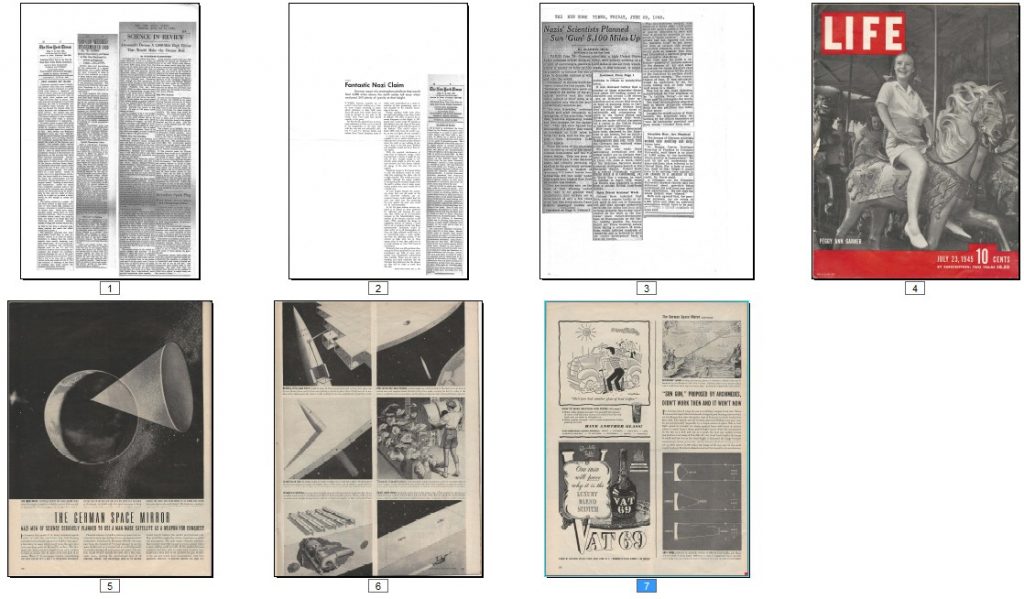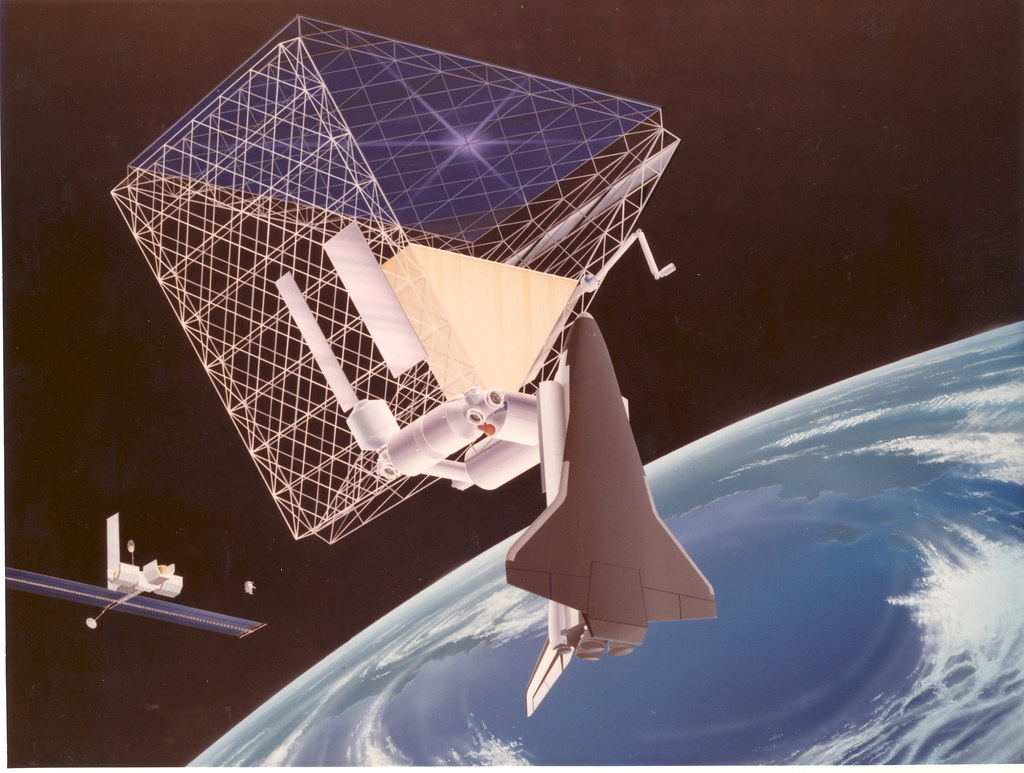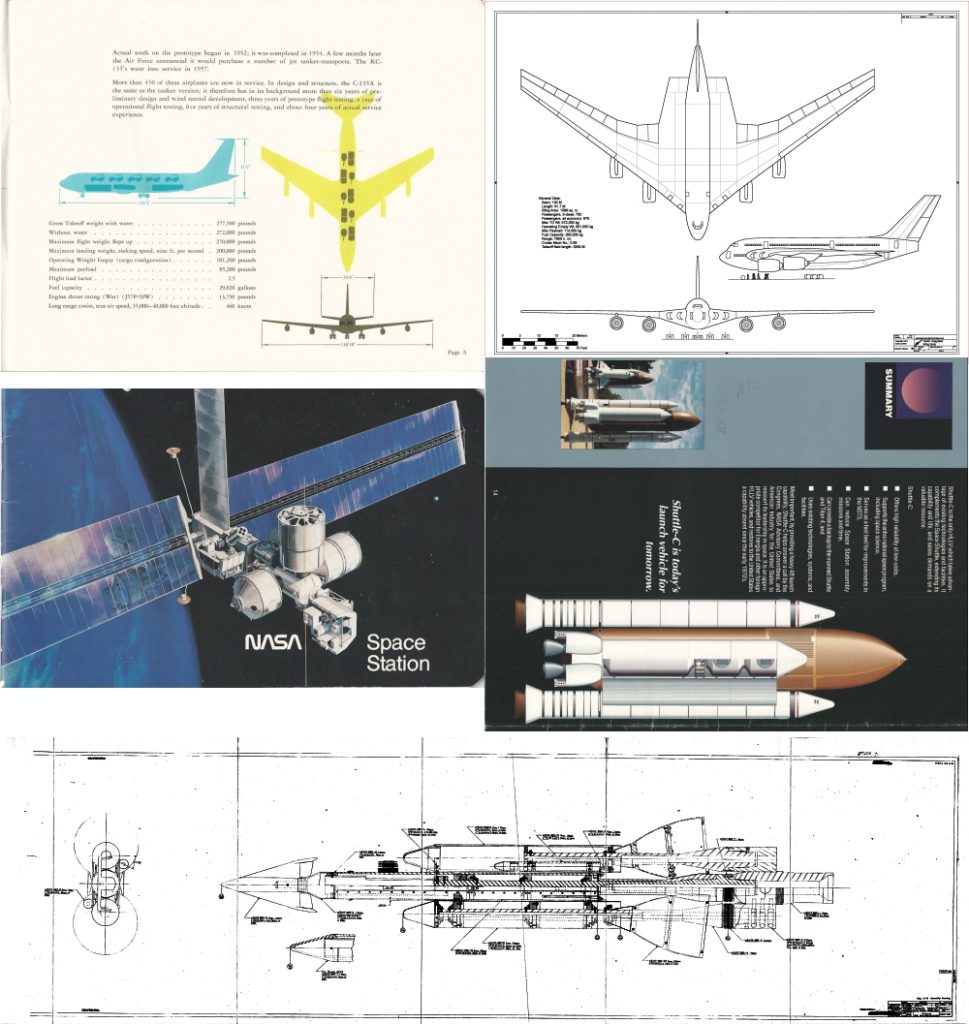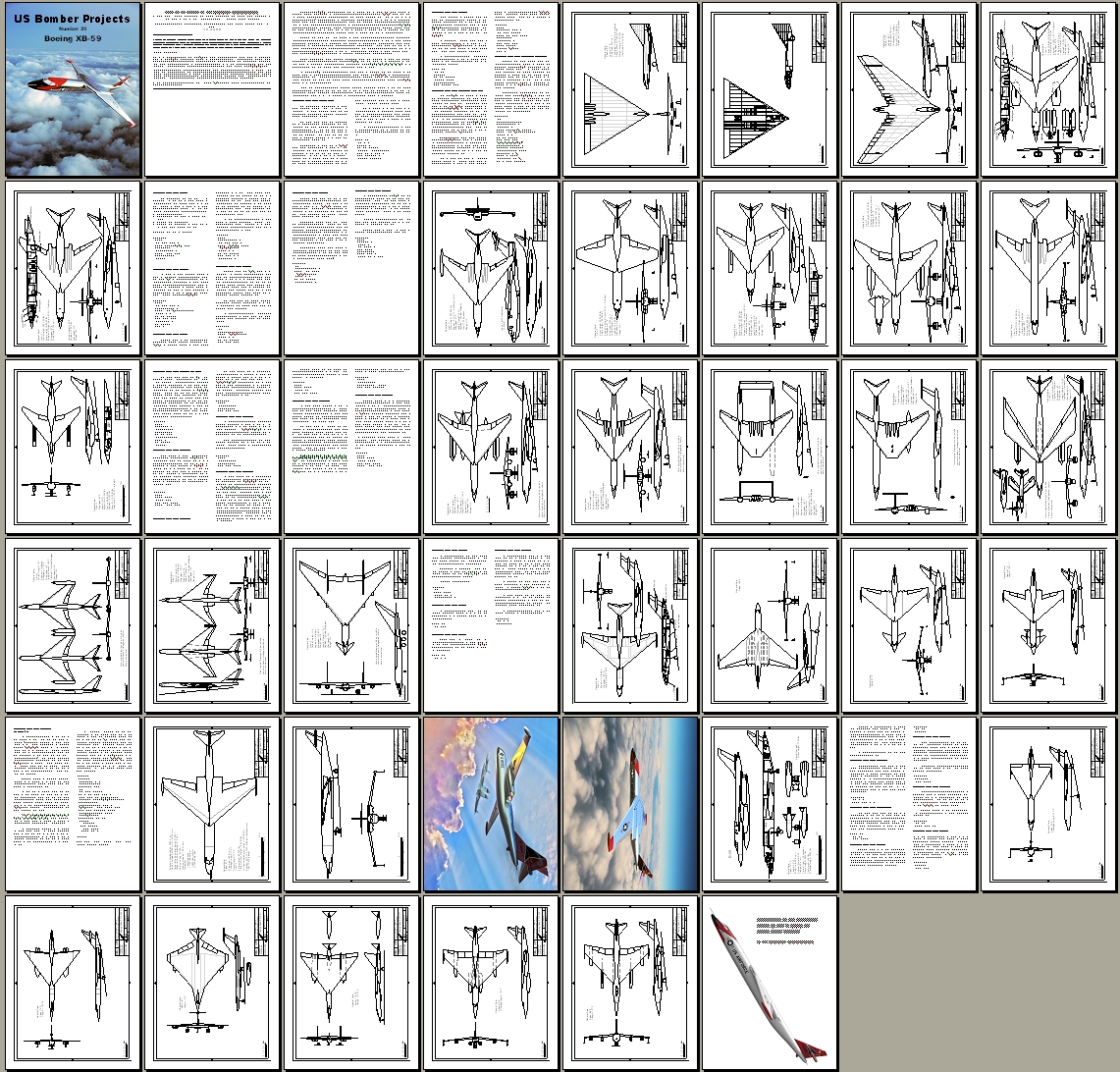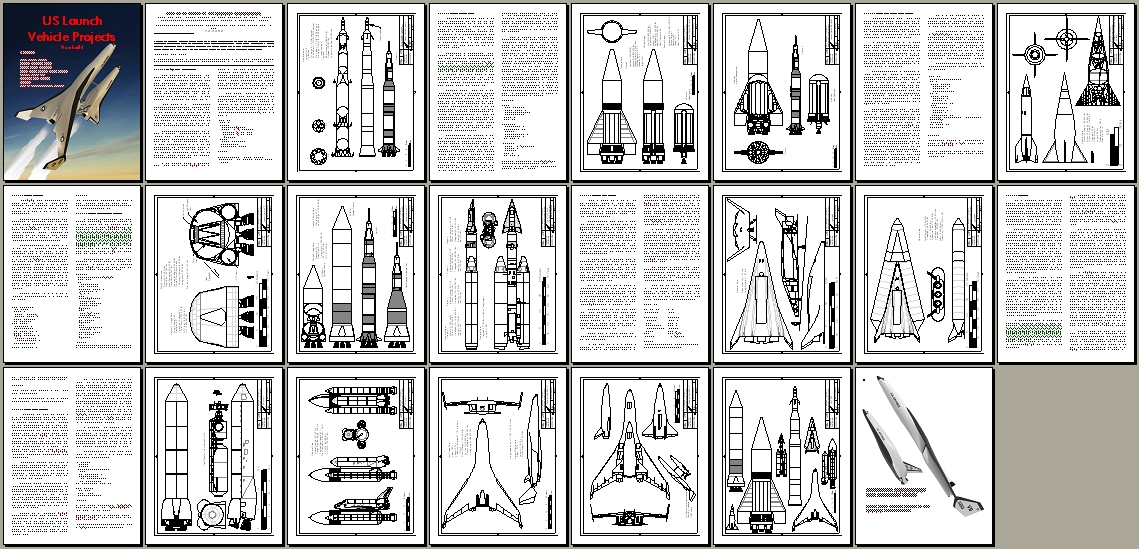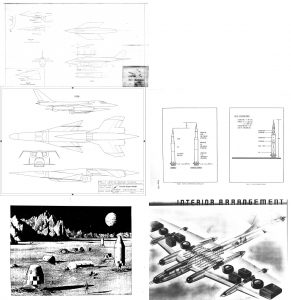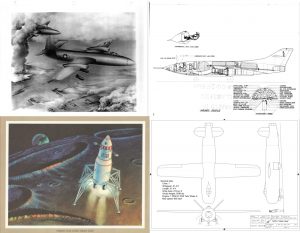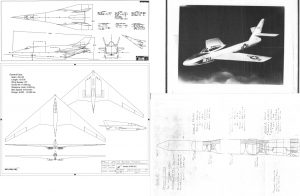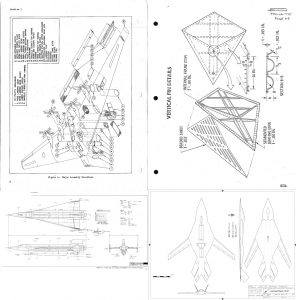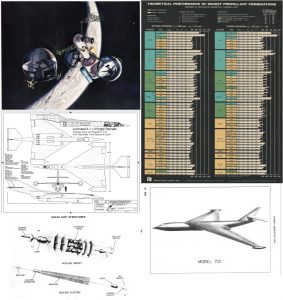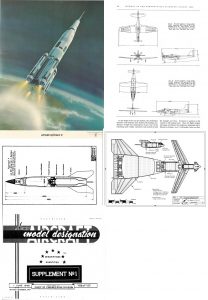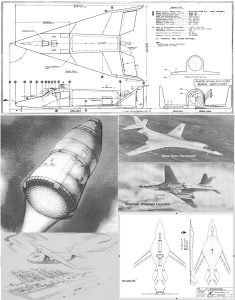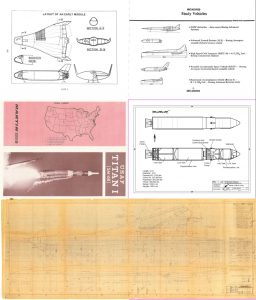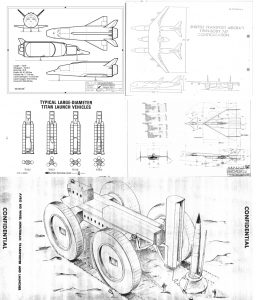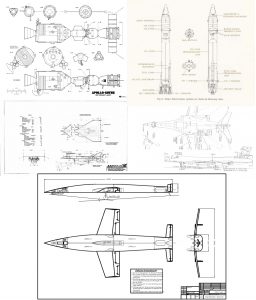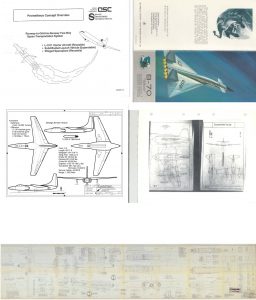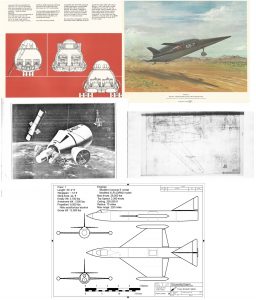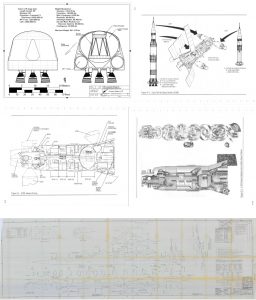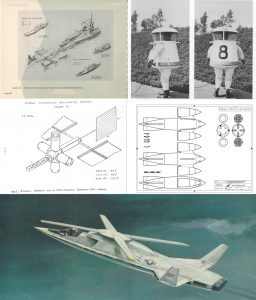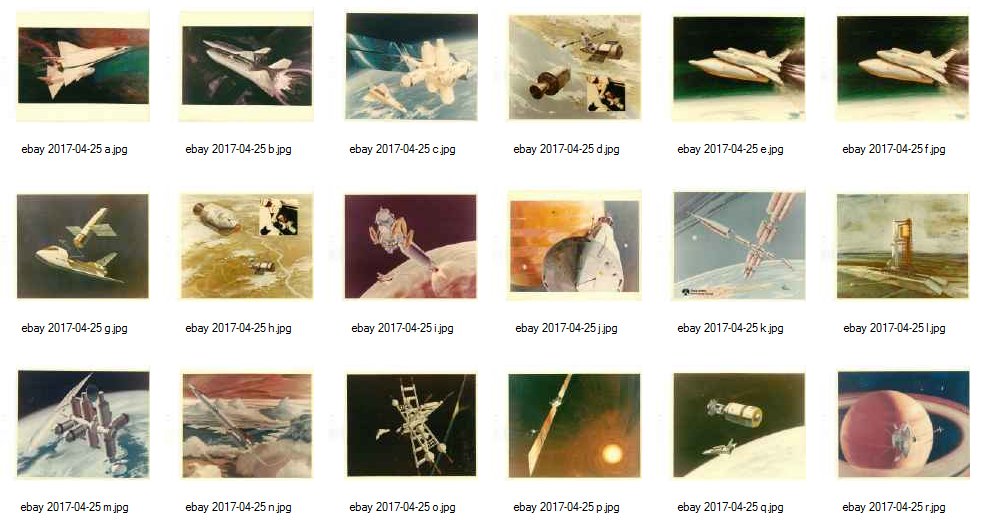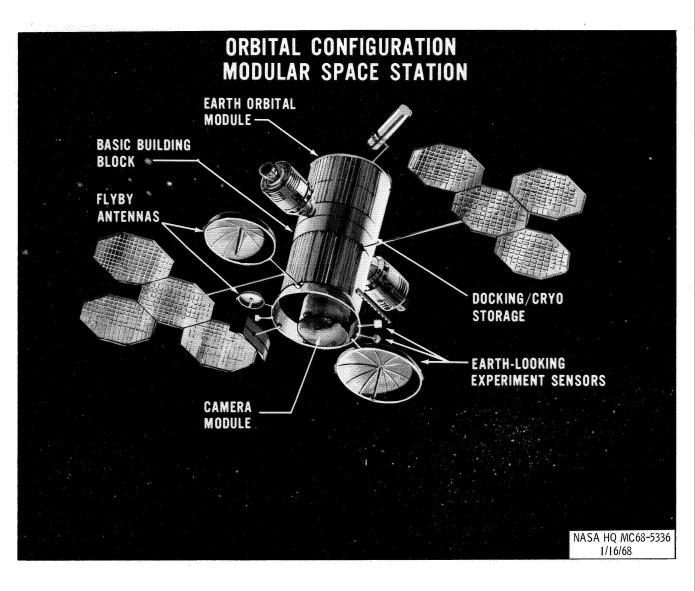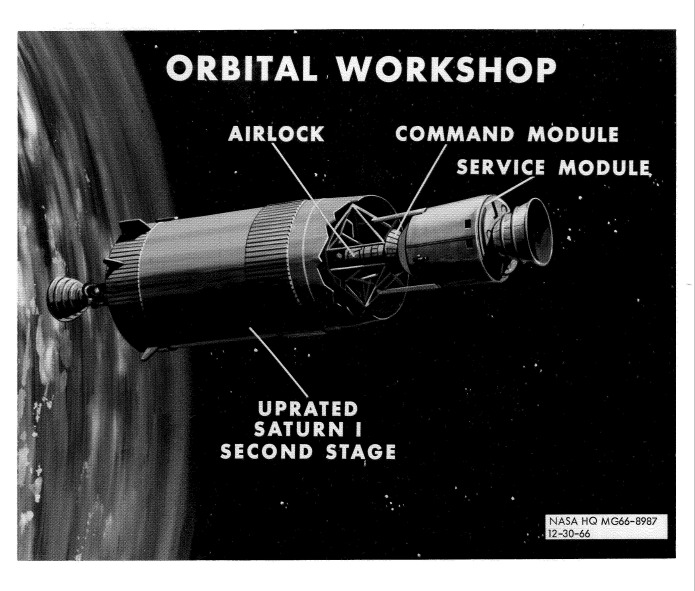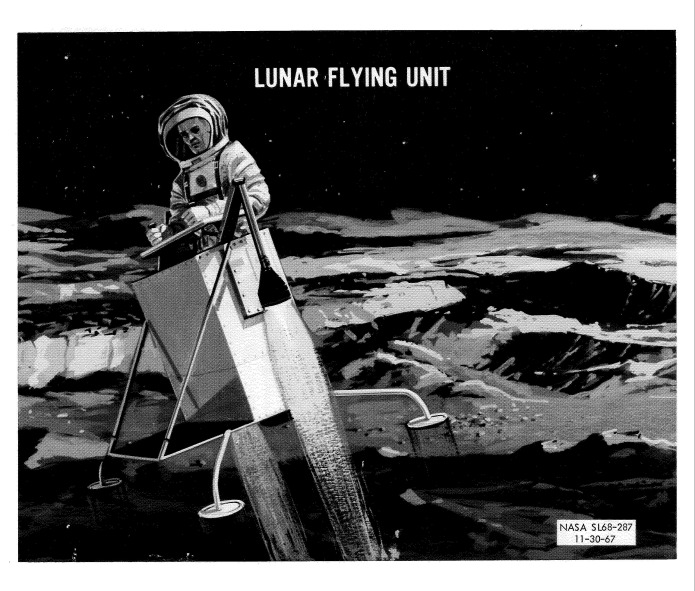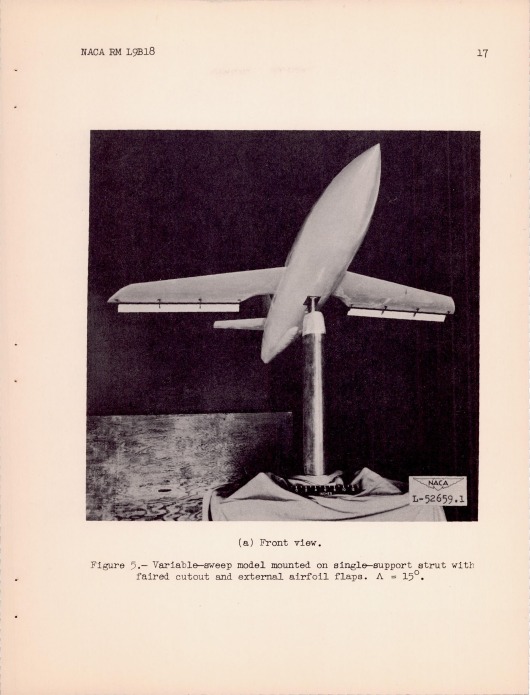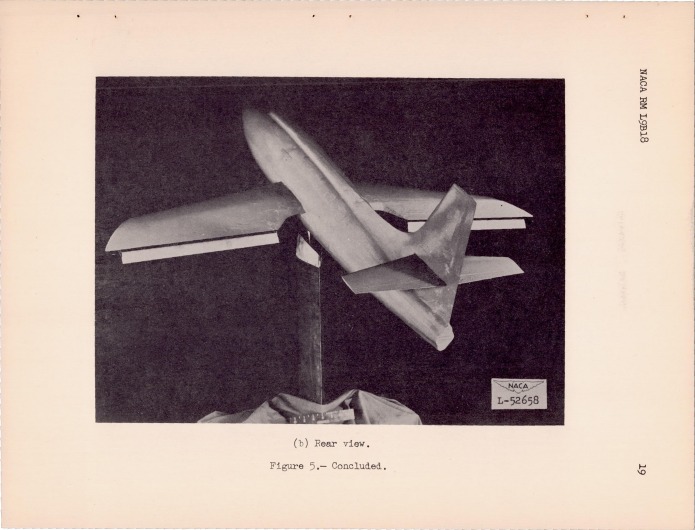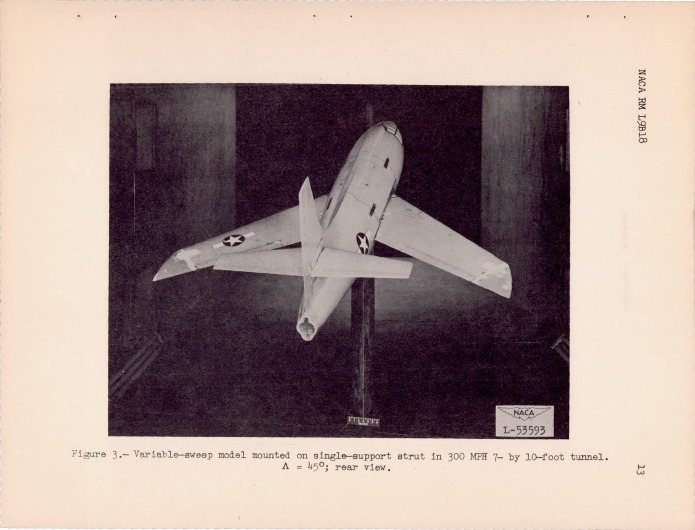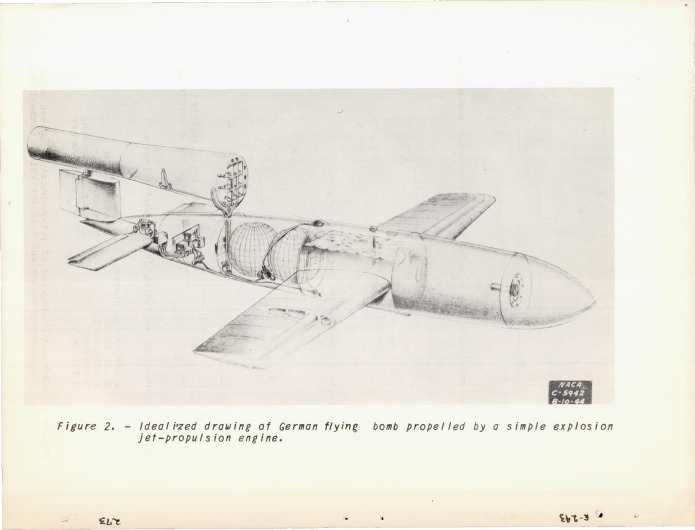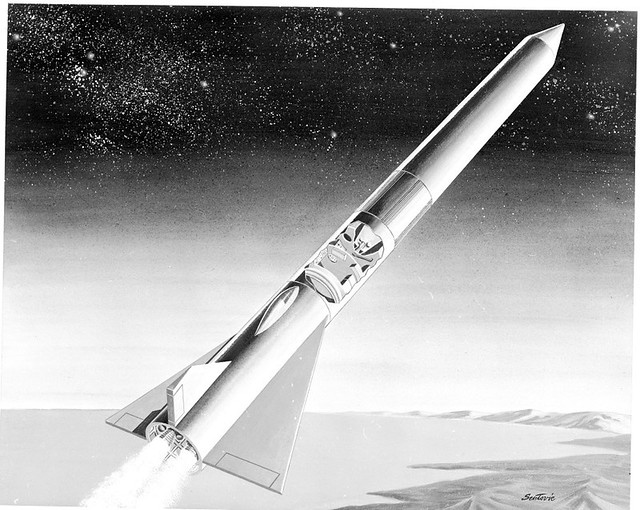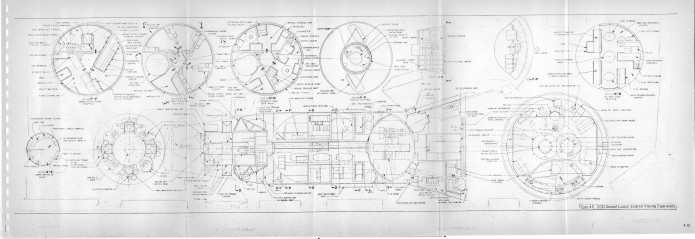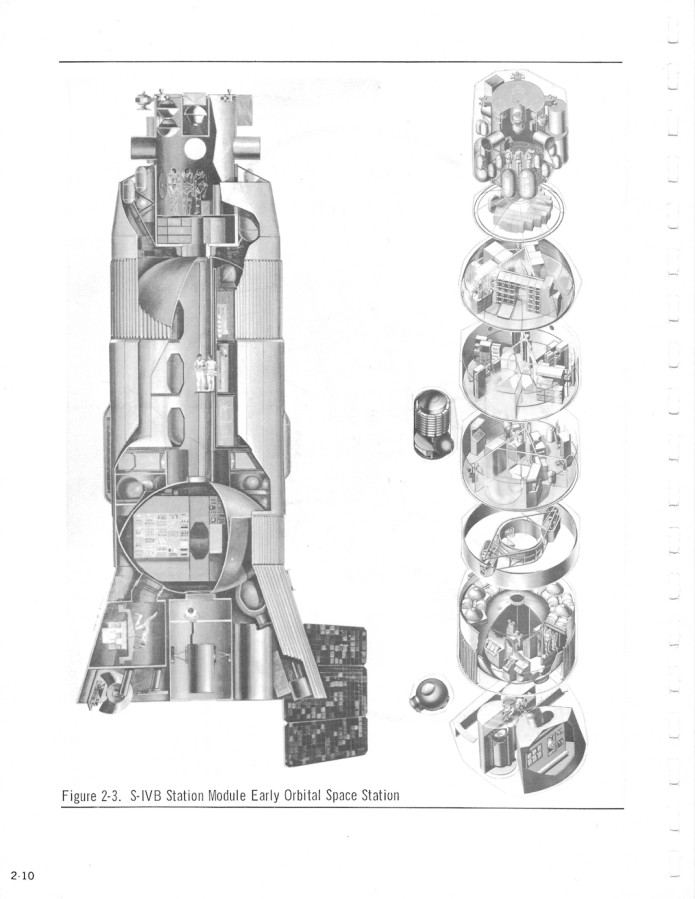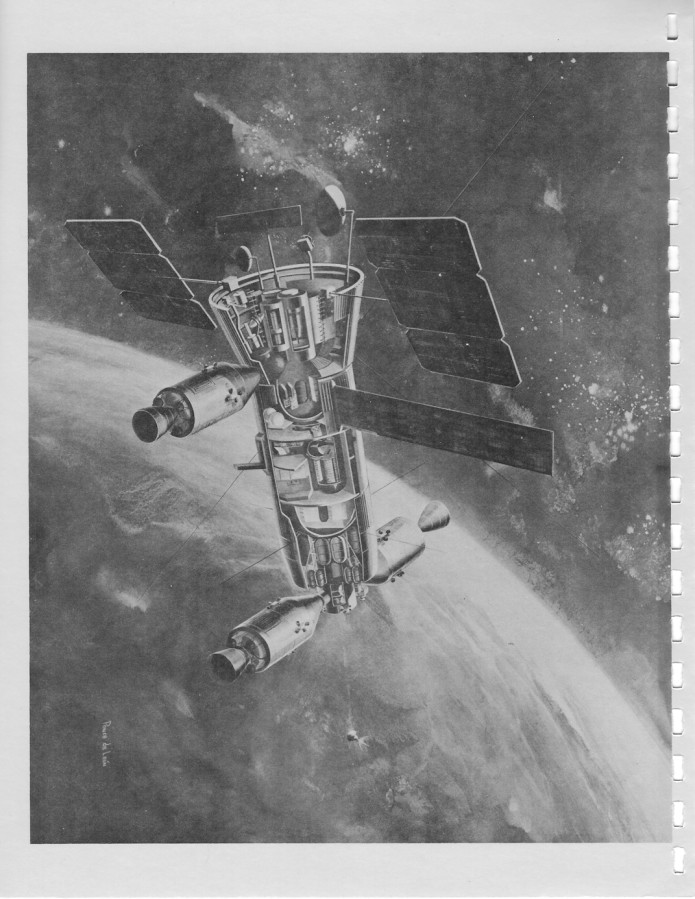One of the oldest and most tiresome of the “Nazi Wunderwaffen” myths is that of the “Sun Gun.” The idea is that the Nazis were found to have been working on the design of an orbital mirror, miles in diameter, that would have reflected sunlight to the surface of Earth in such a way to cause enemy cities to burst into flames. This idea first hit the US press quite soon after the defeat of Nazi Germany, and *before* the nuking of Japan. Several articles appeared in the New York Times on the topic beginning in late June, 1945, and the idea reached its peak with an illustrated article in Life Magazine in July, 1945.
The “Sun Gun” was claimed to be a circular mirror one mile in diameter, orbiting at 5,100 miles. The mirror, it was claimed, would be made from large cubical and pressure-tight blocks, providing *vast* internal volume for the crew and their crop of oxygen-producing pumpkins.
Small problem: it’s BS.
Now, there *were* ideas for vast orbital mirrors. Hermann Oberth had proposed such a thing as far back as the 1920’s, so an orbital mirror was not unknown as a concept in wartime Germany. And in reading the lean details in the articles, it’s clear that what is described is the Oberth mirror as described after a round of “telephone.” The basic idea is Oberths, and Oberth even gets a shout-out in the articles, but Oberths ideas got mutated and bent out of recognition. Not leastways because an orbital mirror a mile in diameter 5,100 miles overhead *cannot* set a city, or even a dry piece of of tissue paper on fire. The basic physics of optics prohibits that. Thought experiment: take a mirror one inch in diameter. Can you use it to start a fire? If it’s precise enough and close enough to the target… sure. Now, move that one-inch mirror 5,100 inches from the target. Gonna set anything on fire *now?*
I suspect what happened is that the the US Army officers who reported on the “sun gun” were simply told about the Oberth mirror – which, by the way, was a far less insane idea than the “sun gun” in that it was essentially foil rather than a large solid structure – by Germans who either wanted to screw with them or, like von Braun, wanted to pump up their apparent usefulness to the US military in the hopes of getting transferred to the US. Given the conditions in post-war Germany and the risks of getting sucked into the black hole of the Soviet Union, it would make sense for *anyone* to try to wrangle a ride to the US for an actual job.
I have gathered together scans of newspaper and magazine articles on the subject and mashed ’em into a PDF file which I have uploaded to the 2017-03 APR Extras Dropbox folder. This is available to all APR Patreon Patrons at the $4 level and above. If interested, check out the APR Patreon.

